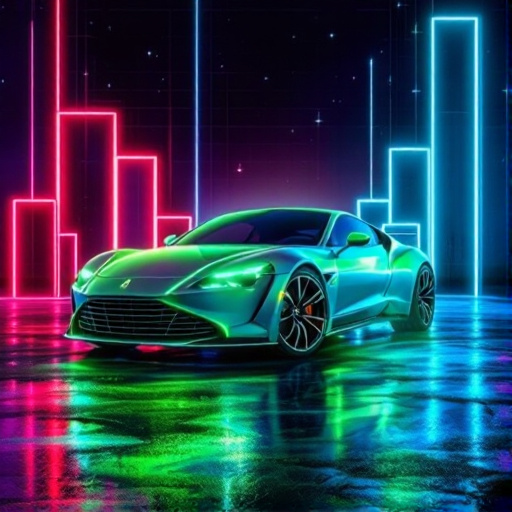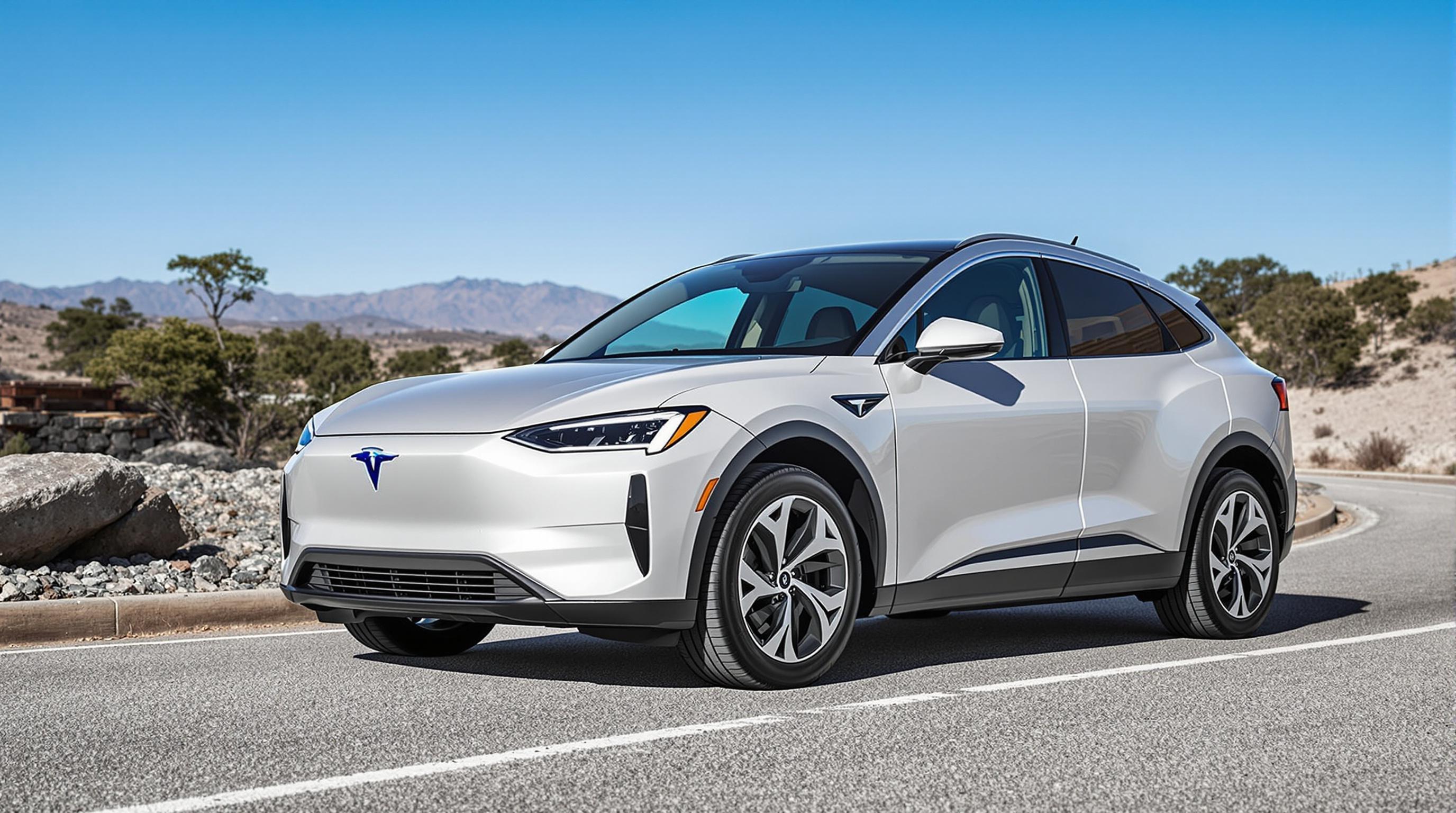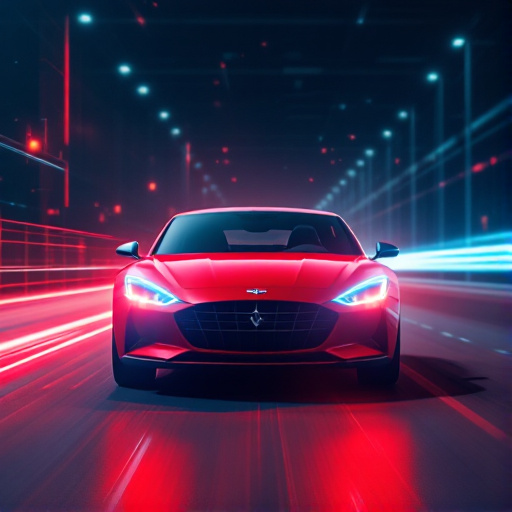Related Articles
- Unveiling the Unthinkable: How Your Social Media Posts Could Impact Your Car Insurance Premiums
- "From Showroom to Social Media: How Dealerships are Becoming Digital Storytellers in 2023"
- "From Showroom to Stream: The Rise of Virtual Reality Test Drives at Dealerships"
- Revving Up Sales: How Virtual Reality is Transforming the Dealership Experience for Shoppers and Sellers Alike
- Selling Experiences: How Dealerships Can Transform into Immersive Automotive Entertainment Hubs
- The Surprising Impact of Your Credit Card Habits on Car Financing: What You Didn't Know!
"Navigating the Neon: The Rise of Color Psychology in Car Buying Decisions Unveiled"
"Navigating the Neon: The Rise of Color Psychology in Car Buying Decisions Unveiled"
Understanding how color affects emotions can impact significant life choices, such as buying a car. In this article, we'll explore the fascinating world of color psychology, its influence on car-buying decisions, and illuminating case studies that reveal the surprising choices consumers make.
Mapping the Color Spectrum: A Brief Overview of Color Psychology
Color psychology examines how colors affect our perceptions, mood, and decision-making. Car manufacturers, aware of this powerful tool, use shades to evoke specific emotions and attract buyers. For instance, a study conducted by car manufacturers revealed that 60% of buyers made their vehicle choice based solely on color (source: PPG Industries). This paints a clear picture: colors aren't just aesthetics; they are a significant component of the car-buying process.
The Emotional Palette: What Each Color Represents
So, what do these colors mean, you ask? Well, buckle up because here’s a colorful ride through the emotional associations tied to various car colors:
- Red: A signal of power, passion, and excitement. Red cars are often seen as flashy and are more likely to attract attention, making them favorites among younger buyers.
- Blue: Offers a sense of trust and reliability. Blue cars tend to appeal to those looking for stability, often attracting families and professionals.
- Black: Represents elegance, sophistication, and authority. A black vehicle can project a powerful presence, often chosen by executives and luxury brand enthusiasts.
- White: Symbolizes purity and cleanliness. White cars exude a modern appeal, frequently preferred by those seeking minimalism and forward-thinking designs.
- Green: Associated with nature and calmness. Green vehicles are often chosen by eco-conscious buyers or those wanting to stand out in a subtle way.
The Case of the Car Enthusiasts: Anecdotes from Real Buyers
Let’s dive into some stories that capture the spirit of color choices in car buying. Take 26-year-old Jamie, an environmental science student who was not just looking for a car; she wanted a statement. “I couldn’t resist the deep forest green! It’s just right for my vibe,” she exclaimed. Her choice reflected a commitment to environmental consciousness while embracing her unique personality. Case studies like Jamie's highlight how a car can express individuality, not just practical needs.
Statistics: The Numbers Behind Color Choices
The facts can be quite illuminating in this realm. According to a recent survey conducted by the Automotive Color Popularity Report, over 38% of new vehicle buyers preferred neutral colors such as white, black, gray, and silver. This trend is partially influenced by the perceived resale value, as these colors tend to have broader market appeal. Yet, a staggering 42% of Millennials have shown a preference for more vibrant colors like teal, yellow, and red, reflecting their need to stand out from the crowd (source: IHS Markit).
The Influence of Cultural Factors on Color Preference
Considering cultural backgrounds can be crucial in understanding color preferences. For instance, in Western cultures, white is often associated with weddings and purity, while in some Eastern cultures, it symbolizes mourning. Thus, a car's color can hold vastly different meanings depending on cultural context. Marketers are increasingly aware of these differences, tailoring their advertising strategies accordingly.
From Psychology to Marketing: The Car Industry Responds
Car manufacturers have caught on to these color insights, particularly in their marketing campaigns. Take Ford, for example. When launching the new Ford Mustang, they featured vibrant colors like Grabber Blue and Cyber Orange, embracing a youthful, dynamic image. After all, a car is not just a mode of transport; it's an extension of identity.
Color Trends Over the Year: What’s Hot?
Every year, color trends evolve in the automotive industry. For example, Pantone’s Color of the Year often influences car designs, with top companies adopting those shades into their models. In 2022, for example, a warm, earthy tone called "Very Peri" emerged, inspiring car designers to incorporate variations of purples and blues, resulting in sophisticated yet playful vehicles.
Why You Should Care: The Psychological Warfare of Car Buying
Now, why should you care about this? Whether you’re a seasoned buyer or just a curious teenager, understanding these psychological nuances can give you an edge. Ever hear that old saying, “A car’s value is often gauged by its color”? Well, it holds water! This is particularly true if you plan to resell the vehicle later. A desirable color can increase resale value by up to 15% (source: Kelley Blue Book).
A Personal Anecdote: A Color That Changed My World
Let’s bring it down to a personal level. At age 20, I found myself in the market for my first car. After doing extensive research, I thought I’d go for reliable blue—representing trustworthiness. But when I saw a daring red model, something clicked! It felt like the car was practically shouting “buy me.” That decision turned out to reflect my spontaneous, adventurous side. Your car tells your story; make sure it’s a good one!
Breaking Down Stereotypes: Debunking Myths About Car Colors
There’s a common stereotype that red cars are more likely to be pulled over by the police. However, the truth is that any car, regardless of color, may attract attention in high-speed zones or reckless driving scenarios. According to a 2015 study by CarAndDriver, while red vehicles constituted only a small percentage of accidents, the notion persisted as a popular myth, often exaggerated by our culturally conditioned perceptions.
The Future of Color Psychology in Automotive Design
As technology and consumer behavior evolve, so too will the industry’s understanding of color psychology. Future car designs might see inclusion of customizable colors via apps, allowing consumers to express their unique tastes. Imagine a world where your car’s color could change at the touch of a button, engineered to reflect your mood or the season—now that's a vibrant future!
Final Thoughts: The Neon Future Awaits
In navigating the intricate relationship between color and car-buying decisions, it becomes evident that color is no mere afterthought—it's a powerful psychological weapon. Whether you’re drawn to the boldness of red or the reliability of blue, every car holds a story waiting to be told. So, as you venture to make your choice, remember: the right color could be more than a preference; it could be an integral part of your personal narrative. Now, step into the world of colors and drive your story forward!




